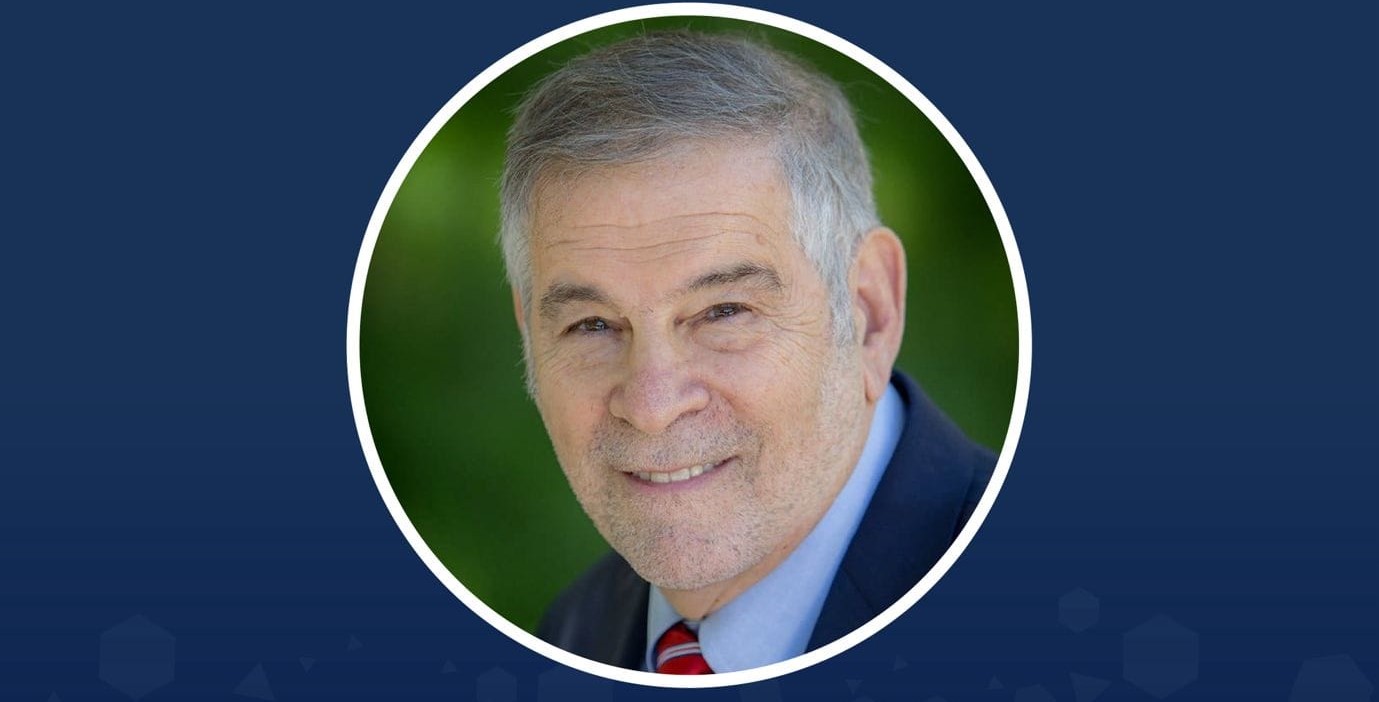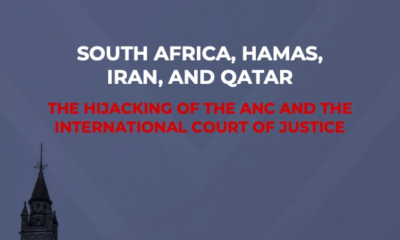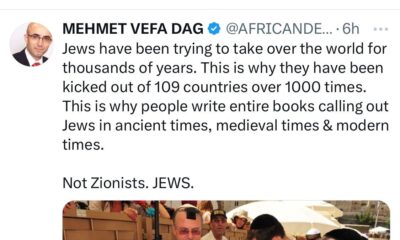
Featured Item

Jews are the canary in the coalmine
Levels of antisemitism are a test of how stable a society is, says Holocaust-studies specialist Professor Michael Berenbaum, dissecting the rise in antisemitism exacerbated by the Israel-Hamas war.
“Essentially, the more secure a society is, the more secure a Jewish community is. Jews are regarded as a canary in the coal mine,” said Berenbaum, speaking at a recent webinar hosted by The Base and the Johannesburg Holocaust & Genocide Centre.
“When there’s a lack of oxygen in a mine, the canary is the first to respond. Similarly, if a society is in trouble, in ill will, in disturbing circumstances, antisemitism increases dramatically. Consequently, that indicates the permissibility of hatred.”
“Antisemitism differs with regard to its source,” said Berenbaum. These sources range from politics to religion, and Berenbaum said that the first step in unpacking antisemitism is to ask, “Is it religious antisemitism, political antisemitism, social antisemitism, economic antisemitism, cultural antisemitism, or unique to the Nazi case, is it racial antisemitism?”
Antisemitism also differs as to its goal. “If it’s religious antisemitism, the goal is conversion. If it’s political antisemitism, the goal is to diminish Jewish power. The most extreme goal [of political antisemitism] being the expulsion of Jews from various societies over different times,” he said. This type of antisemitism is echoed in the chants of “The Jews will not replace us!” Another cause of political antisemitism is the idea that “Jews represent certain values that are antithetical to those who are politically opposed.”
In terms of social antisemitism, Berenbaum said, “In the United States, we had a notion of the ‘five o’clock shadow’. You would work with Jews, but after five o’clock, Jews socialised with Jews, gentiles with gentiles. What social antisemitism meant was that we didn’t want Jews as part of our club. We didn’t want them in our homes. We didn’t want them in our social circle. And we didn’t want them in marriage or in romance.”
The goal of social antisemitism is “to exclude the creative and disruptive role of Jews”, said Berenbaum. “The best example of that was the speech on 10 May 1933 in Germany by Joseph Goebbels, who said when they were burning books that the age of Jewish intellectual dominance had ended. Essentially, he was saying, ‘We want to rid our culture of the Jews.’ One of the interesting things is that the diminishment of cultural antisemitism up until recently has meant that Jews are a major participant in Western culture and Western civilization.”
Though some don’t consider the Nazis’ racial antisemitism to be racism, Berenbaum said, “The Jews were defined biologically based on the religion of their grandparents, according to the Nuremberg Laws of 1935. That led to the situation in which Roman Catholic nuns and priests, Protestant ministers and theologians, devout Christians by religion, were biologically defined as Jews. The attempt was to eliminate Jewish blood. That’s racial antisemitism.”
The next issue, according to Berenbaum, is priority. “In Nazi Germany, discrimination against Jews and the persecution of Jews was the number one priority. In fact, we have massive evidence that, essentially, the Nazis fought two wars with equal power – the world war and the war against the Jews. They would have done better in the world war if they hadn’t gone to war against the Jews. But, in the case of Adolf Hitler, from 1919 to his last will and testament in 1945, getting rid of the Jews was an essential priority.”
Berenbaum believes that “one of the great advantages in the US, as well as a country like South Africa, has been that the Jews haven’t been the number one priority for persecution and discrimination. In Europe, especially at pivotal times, Jews were the significant other.”
In this generation, antisemites have tools they never had before, Berenbaum said, which “have a tremendous impact on the manifestations of antisemitism”. These are the internet and social media, which allow one to put out distorted information and conspiracy theories to the world.
An example of this, he said, was the manifesto of the man behind the Christchurch, New Zealand mass shooting being electronically distributed to students at Syracuse University in New York. Another was the shooting at the Tree of Life Synagogue in Pittsburgh, which is believed to have been triggered by antisemitic material that the killer read on the internet. “This means that we deal with a mutually supportive environment [for antisemites] and that the strategy of the Jewish community a generation ago to quarantine the haters can no longer work because they’re not isolated. They have a mutually supportive, reinforcing community that bodes ill for the future of antisemitism and all sorts of hatred and fringe theories.
“We Jews believed that Zionism was the solution to antisemitism, that a Jewish state with an army, a flag, a language, and a culture would make the Jews a normal people, would end Jewish vulnerability, and would resolve, at least for the residents of Israel, the question of antisemitism,” he said.
“What we’ve discovered in the past 50 years is that Israel doesn’t only quench the fires of antisemitism, it can fuel the flames. Consequently, we must rethink the expectation that Israel is going to be the solution to the problem of antisemitism, because it’s not that simple.”










